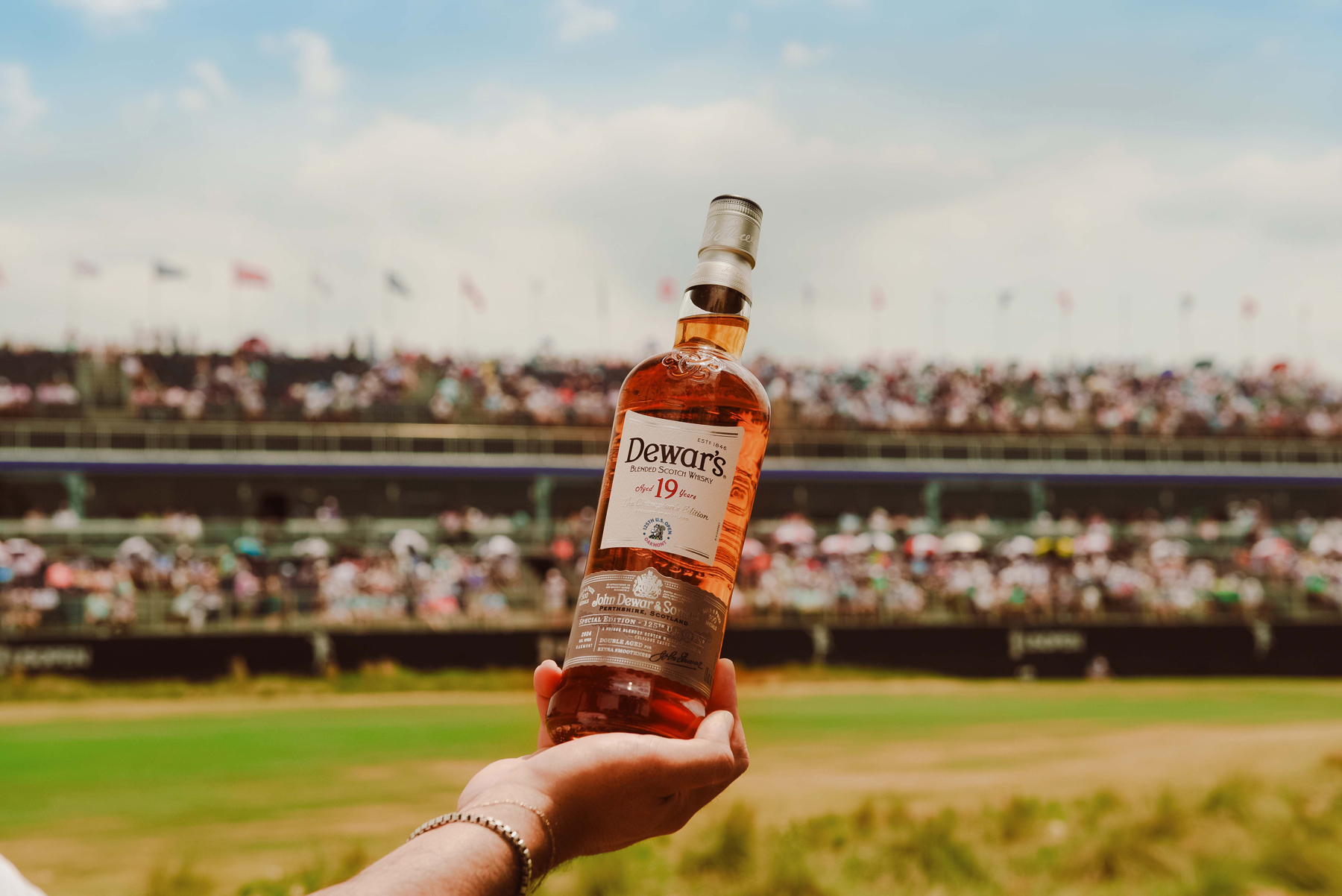
Life was good at The Greenbrier at the beginning of June 2016. Summer had arrived and the famous Greenbrier Classic was scheduled for July. But then West Virginia was struck with the heaviest rainfall in memory and the flooding was devastating. What happened next is a remarkable story of resilience, team spirit and recovery
When the rain started in late June last year in White Sulphur Springs in the Allegheny Mountains of West Virginia, it felt like it would never end. In a 24-hour period, 11 inches of rain fell in parts of the state and Greenbrier County took the brunt of it; 25 percent of the area’s average annual rainfall arriving in one terrible day.
The flooding was devastating. Thousands of people lost their homes and 24 lost their lives. President Barack Obama declared it a major disaster, a state of emergency was announced in 44 counties and the National Guard was drafted in.
The Greenbrier—owned by Jim Justice, the mining and agriculture billionaire who was voted in as state Governor this year—was immediately closed for business but open for shelter. Despite some damage to the resort’s buildings and extensive destruction across its five golf courses, the 710 hotel rooms were opened up free of charge to locals who had lost their homes.
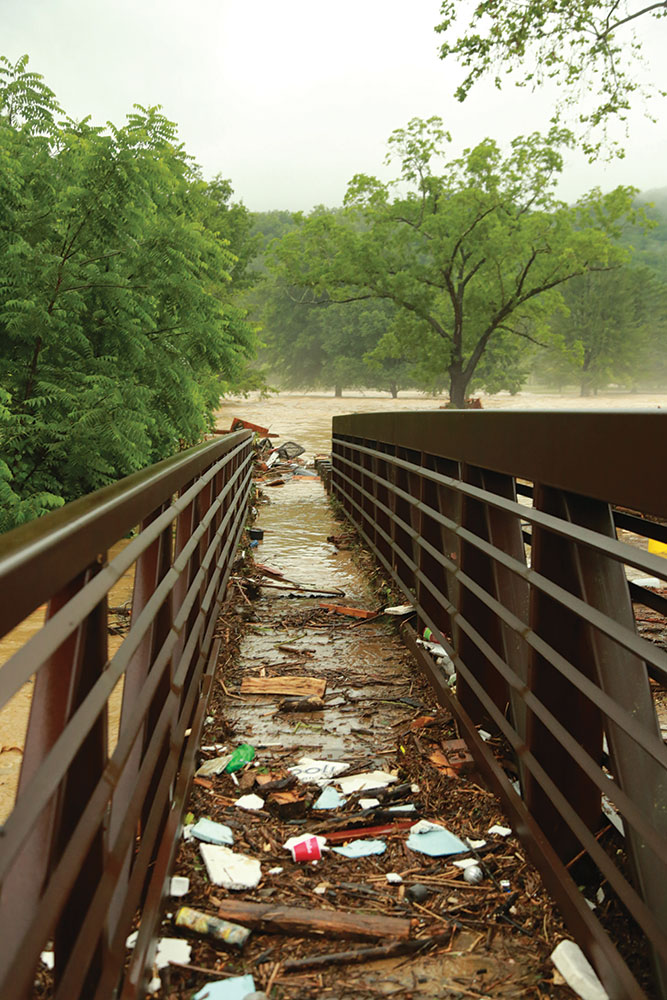
The PGA Tour’s Greenbrier Classic was scheduled to start less than a fortnight after the floods, but in the aftermath it was a side-note that it was cancelled.
The Old White TPC, The Greenbrier’s original masterpiece—designed by the legendary Charles Blair Macdonald and opened in 1914—was a wreck. The Greenbrier Classic was supposed to be played on The Old White TPC, but not only was the 2016 tournament out of the question but at the time even the 2017 event was thrown into doubt.
“I’ve witnessed a lot of natural disasters to golf courses, but nothing to this extent, nothing even close,” said Cal Roth at the time, senior vice president of agronomy for the PGA Tour.

Burt Baine is Director of Golf at The Greenbrier and he sits in the same office chair that Sam Snead once occupied when he was head professional at The Greenbrier and the resort’s first Professional Emeritus.
“I saw the flooding with my own eyes,” says Baine, who is in his seventh season at The Greenbrier, having previously worked as General Manager at TPC Piper Glen. “We will never forget it. What happened in West Virginia was a tragedy, but the community here is strong and so is The Greenbrier. We have put that behind us and we are looking forward.
“Your story from here starts with Mr. Justice. About seven holes of The Old White TPC were significantly damaged and they had to be rebuilt, and about 11 holes suffered less extensive damage.
“Mr. Justice immediately took the decision that we were not going to do a patch-up job. He did not want us to rebuild six or seven holes, only to have them play inconsistent from the remainder of the golf course. That was not satisfactory. Before we even knew what the financial ramifications were going to be with the insurance claim, Mr. Justice insisted that we re-build all 18 greens, that we re-build every bunker on the course and re-seed every fairway. That was the only way to guarantee that the restored course would play with consistent quality from the first tee to the 18th green.”
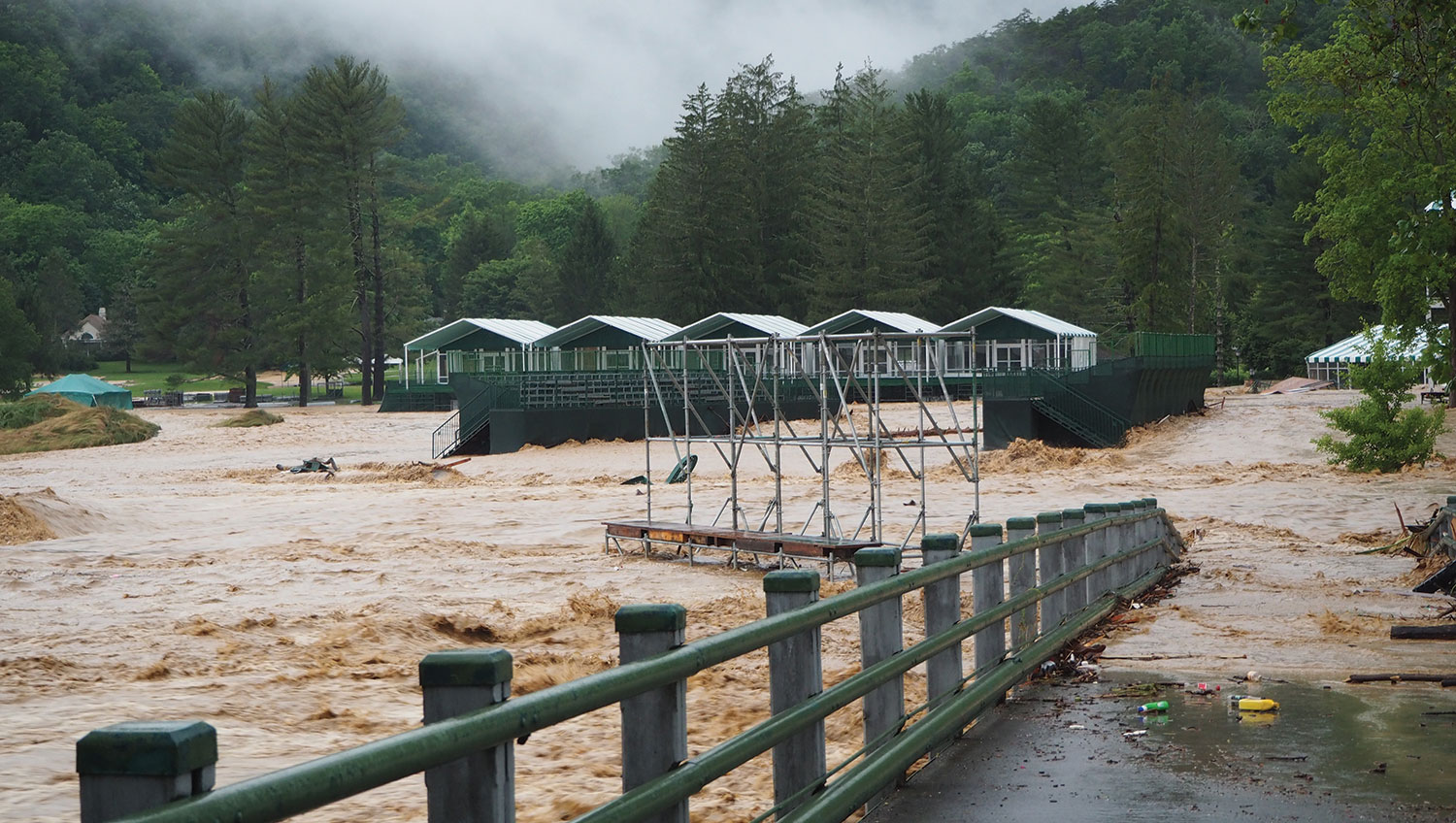
With that bold decision, a golden opportunity emerged from adversity; to restore The Old White TPC to how Charles Blair Macdonald laid it out in the first place, more than 100 years before. Inevitably, golf courses change over time, whether superintendents and golf directors want them to or not. The borders of greens and fairways can alter with the single sweep of a lawnmower, tee boxes lean in to new angles, trees come and go, and bunkers can be a rule unto their own without the most painstaking of disciplined care and attention.
Architect Keith Foster—an expert on Macdonald’s work—was brought in to ensure the rebuilt golf course would be entirely to the old master’s approval, a responsibility with added weight given that all other Macdonald courses in the United States are carefully guarded behind the gates of private members clubs. The Old White TPC is the only one open to public play.
“Keith is very highly regarded,” says Baine. “He has worked on lots of historic restorations and he is an expert on Macdonald. When Keith was out there making decisions it was not a case of what Keith Foster would do, but his interpretation of what Macdonald would have done.
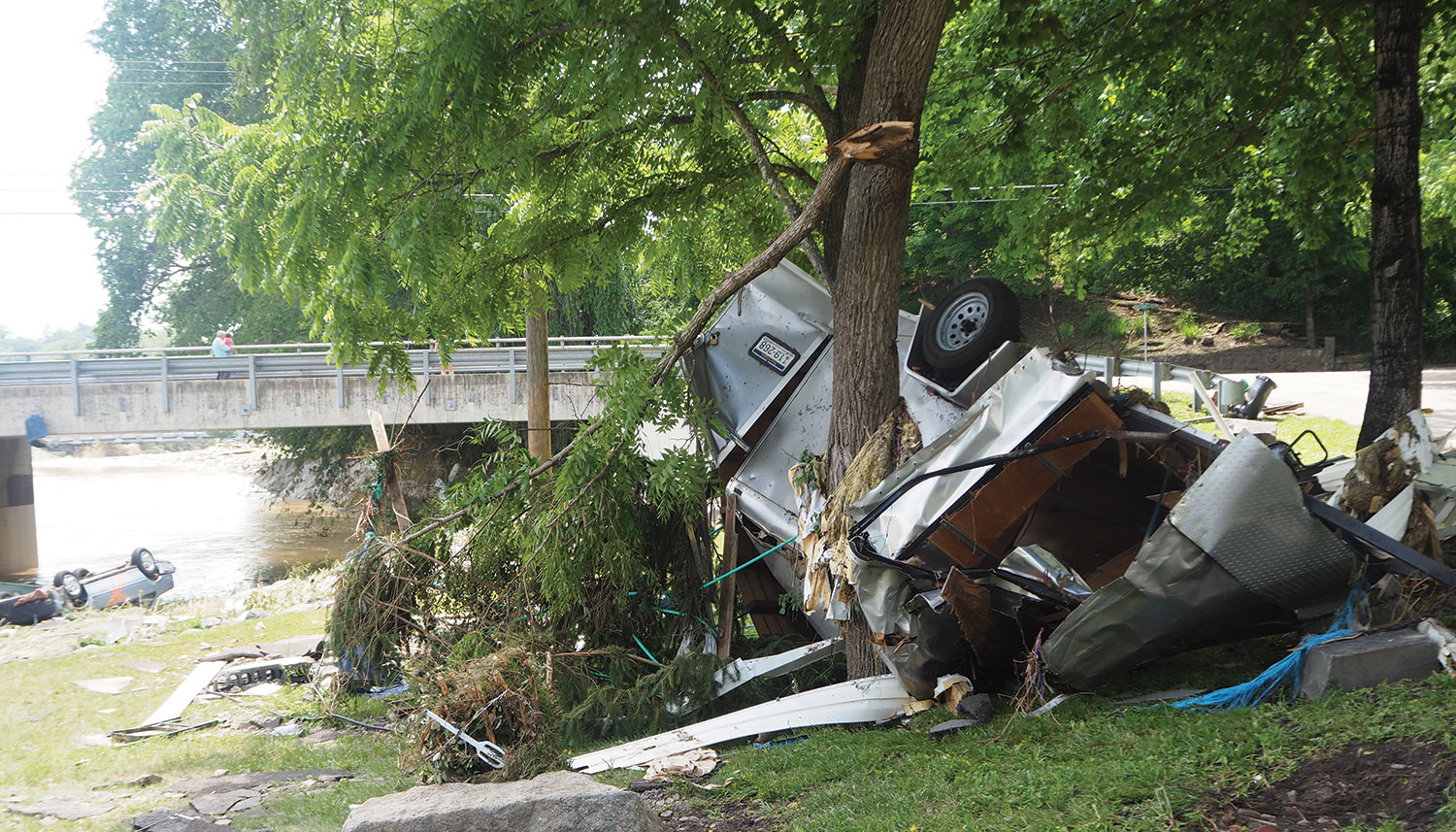
“Keith developed our plan, starting with the greens surfaces, then re-laying the fairways. I’ll tell you one thing about Keith: he is a meticulous craftsman. He is all about detail. Nothing is approximate with him—every detail on the course is exact. He did a marvelous job and was very hands-on, working closely with our staff and contractors.”
So Foster cleared the path for The Old White TPC, but getting the golf course rebuilt and ready for July 2017 took a colossal effort.
“We have had guys working here seven days a week to get the course back to where it is now,” adds Baine. “At the time, when you are doing the work, sometimes the progress can look slow and it’s laborious and you feel impatient to get the restoration finished and to get golfers on the course again, but now, looking back at what we have achieved here over the past 11 months, it has been an incredible achievement. The golf course now looks immaculate and an incredible amount of work has been done by a lot of people working extremely hard.
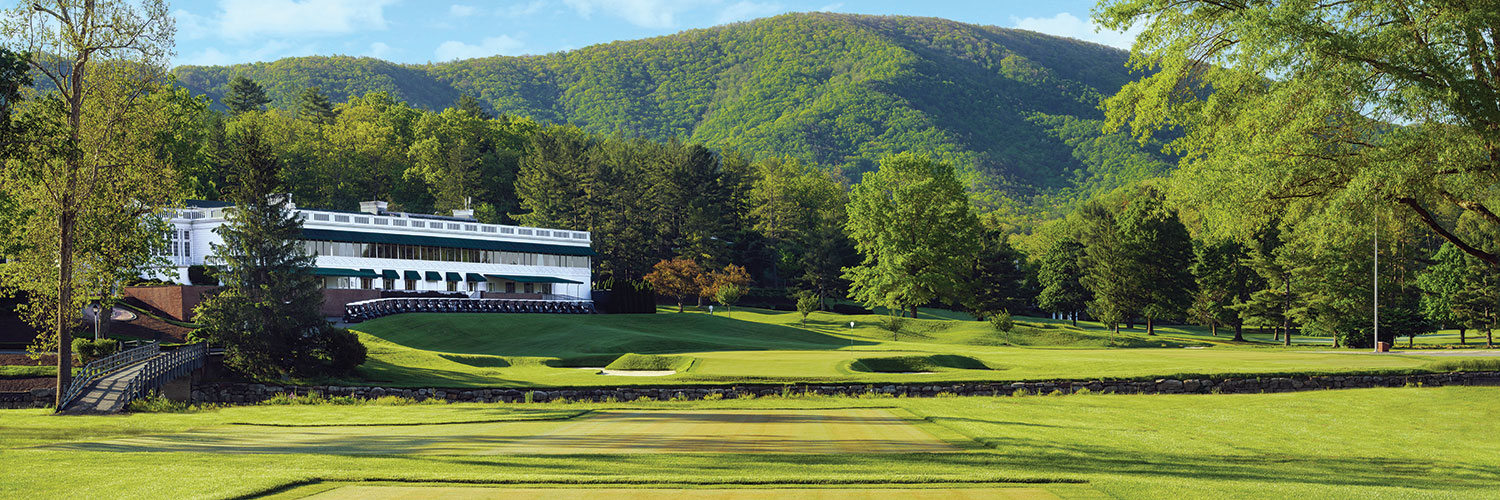
“Not only has The Old White TPC been restored, but The Meadows golf course has been completely rebuilt and so has The Snead, so three golf courses have been under re-construction simultaneously.
“You look at the fairways on The Old White TPC now and they are absolutely perfect. There is not a single divot out on the fairways of that golf course or a ball-mark on a green. They are completely pristine and that is how they will stay until the tour players get here in July. I’ll tell you, the tour players are going to be shocked at the quality and condition of this restored golf course. It is going to be a lot of fun for them.”
A new course is also being built as the centerpiece of Oakhurst, which is the newest neighborhood planned for The Greenbrier Sporting Club. Designed by Arnold Palmer, Jack Nicklaus, Gary Player and Lee Trevino, the course sits high up on a ridge, so the flood damage there was much less than on The Greenbrier’s existing courses in the valley. Yet with resources diverted to cope with the flood recovery, the opening of the Oakhurst course is being postponed to 2019.
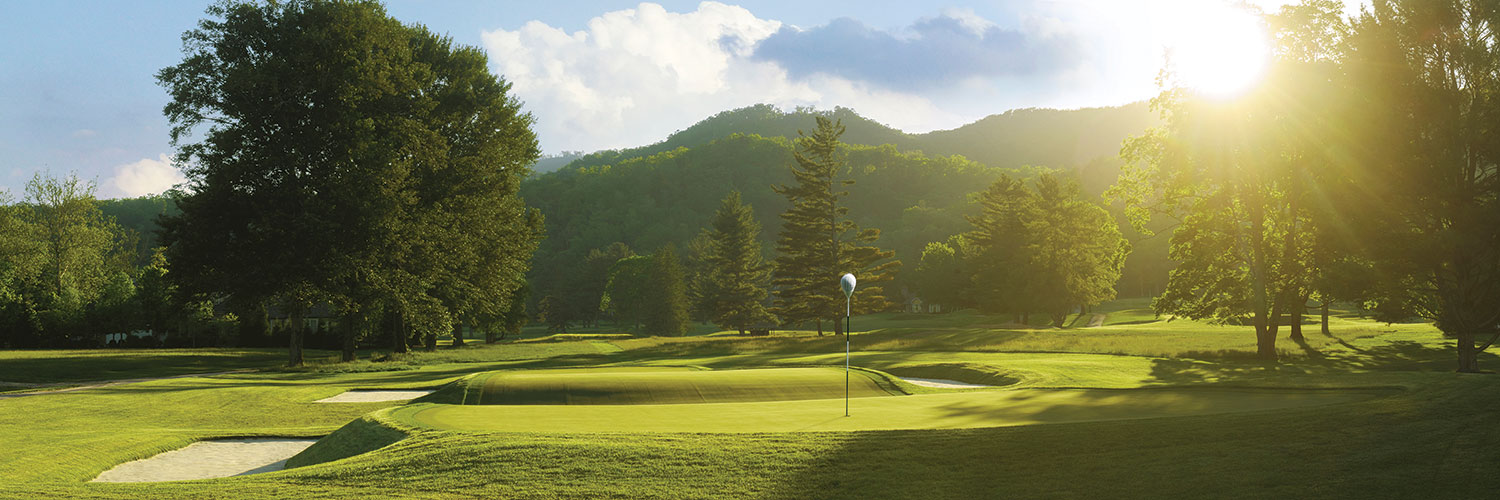
As for the Greenbrier Classic, it will return to The Old White TPC on July 6. The return of the PGA Tour to this corner of West Virginia will be an emotional moment for many, and so it should be. Restoring The Old White TPC to its original glories, as envisioned by Macdonald, and to complete the job in the space of less than a year, has been a modern golfing miracle.
Follow Us On


| Cookie | Duration | Description |
|---|---|---|
| cookielawinfo-checkbox-analytics | 11 months | This cookie is set by GDPR Cookie Consent plugin. The cookie is used to store the user consent for the cookies in the category "Analytics". |
| cookielawinfo-checkbox-functional | 11 months | The cookie is set by GDPR cookie consent to record the user consent for the cookies in the category "Functional". |
| cookielawinfo-checkbox-necessary | 11 months | This cookie is set by GDPR Cookie Consent plugin. The cookies is used to store the user consent for the cookies in the category "Necessary". |
| cookielawinfo-checkbox-others | 11 months | This cookie is set by GDPR Cookie Consent plugin. The cookie is used to store the user consent for the cookies in the category "Other. |
| cookielawinfo-checkbox-performance | 11 months | This cookie is set by GDPR Cookie Consent plugin. The cookie is used to store the user consent for the cookies in the category "Performance". |
| viewed_cookie_policy | 11 months | The cookie is set by the GDPR Cookie Consent plugin and is used to store whether or not user has consented to the use of cookies. It does not store any personal data. |